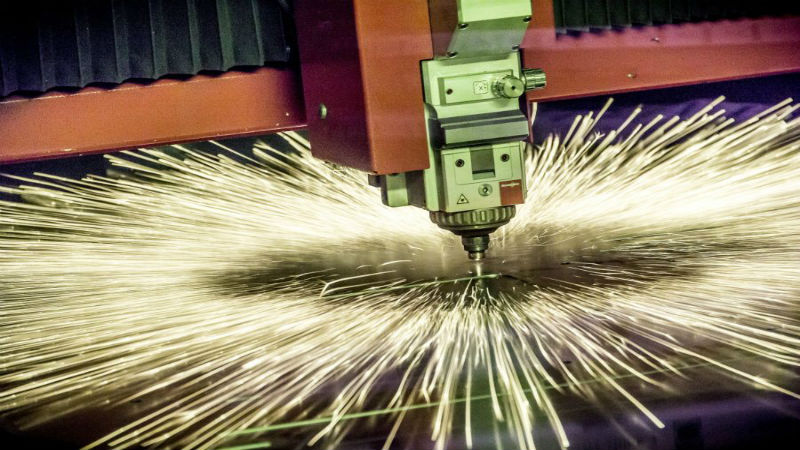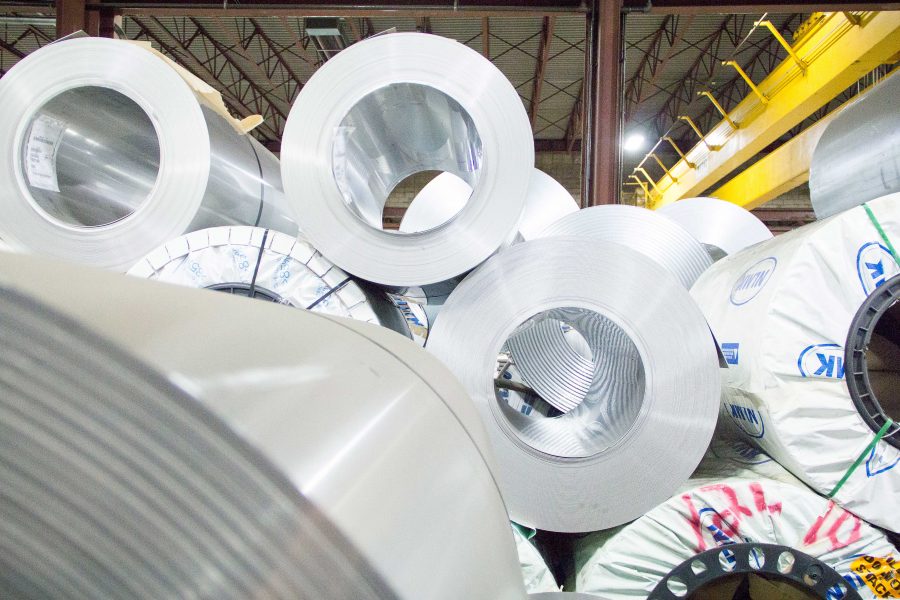When it comes to creating a durable, even and cost-effective protective coating on most types of metals and alloys, there are several options to consider. The ideal plating option will usually be one that is practical, safe and offers the specific protection and corrosion resistance required for the given part.
For parts that need to be RoHS compliant, a top choice for the coating of steel, iron, copper, brass and cast iron is zinc nickel electroplating. As a comparison to the older method of cadmium electroplating, zinc nickel plating can offer equal or better corrosion resistance even in extreme types of operating conditions and applications.
The ideal use for zinc nickel electroplating is to provide a sacrificial coating that protects the base metal or alloy. The zinc nickel will corrode before the base material, extending the life of the base metal significantly.
The Benefits
With the coating in place, the deposit of 12 to 15% nickel protects the base material from not only corrosion but also from high heat and thermal shock. The appearance of the zinc nickel electroplating is a bright, even surface without any burns or discoloration. Overall, salt spray results are excellent with this plating option, with over a thousand hours to red.
The plating can be precisely controlled during the application process, allowing for uniform application of the zinc nickel. Additionally, this is a method with extremely good adhesion of the plating to the surface of the metal, eliminating blisters or irregularities across all surfaces.
The use of zinc nickel plating is also the best choice when the part will have a bonded rubber to metal component. After the plating process is completed, it is possible to bend or form the metal without any whiskers forming on the plating, making it ideal for further forming and working.



